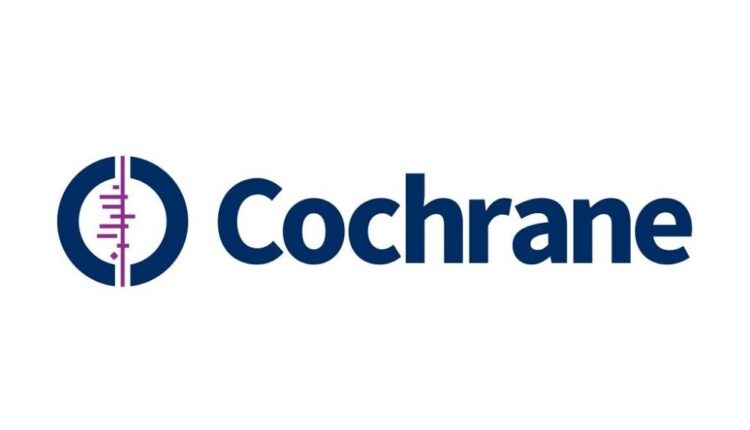
Sweden Close to Becoming Smoke-Free Country After Adopting Harm Reduction Policies
As a testament to the importance of adopting harm reduction concepts and policies in the tobacco and nicotine product industry, Sweden is on track to become a smoke-free country, with the country’s current smoking prevalence rate among its population reaching only 5.6%, one of the lowest smoking rates worldwide.
In practice, the concept of harm reduction in smoking means providing smokers with the opportunity and access to safer alternative nicotine products to help them reduce the risks associated with smoking traditional cigarettes. This is the same approach that Sweden has adopted, relying on a package of measures and procedures arising from the Framework Convention on Tobacco Control (FCTC) of the World Health Organization (WHO), including the provisions of Article 1, (d), which states that “tobacco control” means “a range of demand and supply, and harm reduction strategies that aim to improve the health of the population by eliminating or reducing the consumption of tobacco products and exposure to tobacco smoke”.
Sweden has followed a comprehensive regulatory approach, through which it has implemented several educational and awareness programs aimed at preventing and quitting smoking. In parallel, it worked on increasing the availability of safer alternative nicotine products and making them available at reasonable prices for adult smokers who continue to smoke to switch and quit traditional smoking.
The availability of information on smoke-free alternative products is one of the most effective means of supporting the concept of tobacco harm reduction, as this information is a guide that smokers can rely on if they want to get a better alternative to traditional cigarettes to avoid the risks they cause. The Cochrane Organization, a global independent network specializing in collecting reliable evidence on various health topics, revealed in its latest research on the use of electronic cigarettes (e-cigarettes) to quit smoking in 2022, that these products help more people to quit smoking after six months or more than alternative nicotine therapy.
Despite the great success that Sweden has achieved in its approach to reducing the risks of tobacco, as a country that is steadily and confidently moving towards becoming “smoke-free,” the World Health Organization (WHO) has ignored all data showing a continuous decline in smoking rates in Sweden, and the benefits that this approach has achieved in reducing the rates of tobacco-related diseases and deaths in Sweden, where the country’s mortality rate is 39.6% lower for tobacco-related diseases than the average of European Union countries, that have an average smoking prevalence rate of 23%. Like Sweden, the European Union has adopted the measures proposed by the WHO to reduce smoking, but these countries have not adopted the comprehensive harm reduction approach that Sweden has adopted.
Tobacco harm reduction is fully consistent with the right to health. While the WHO recognizes the concept and goals of harm reduction strategies, these goals should be supported and enhanced by the weight of scientific evidence that shows the benefits of safer alternative nicotine products in reducing risks, and that they are indeed capable of helping smokers switch from smoking and stay away from it. Harm reduction strategies should be mandatorily supported by governments under the right to health.









